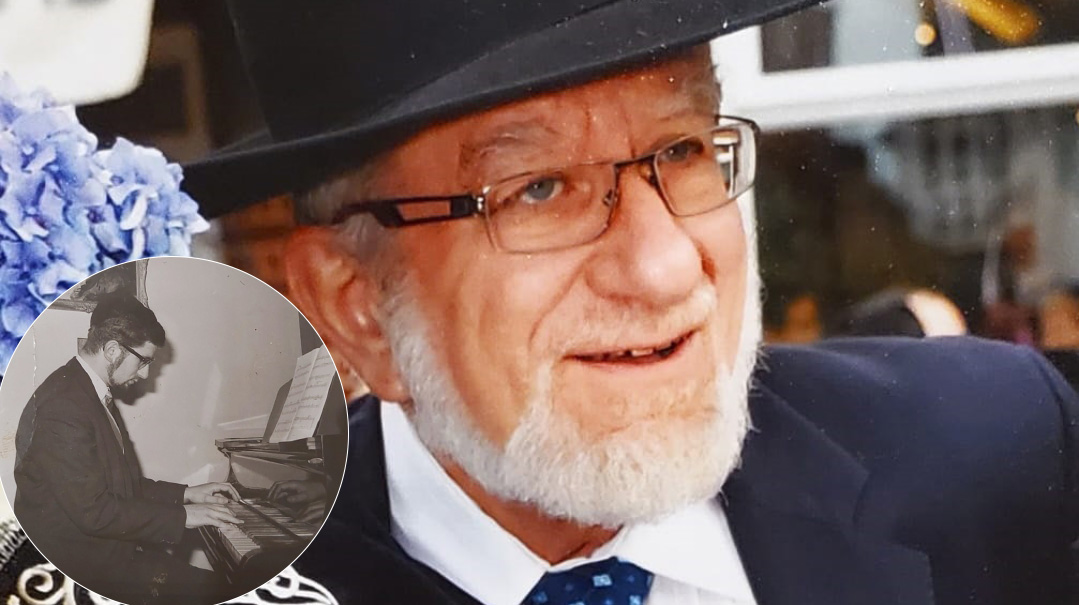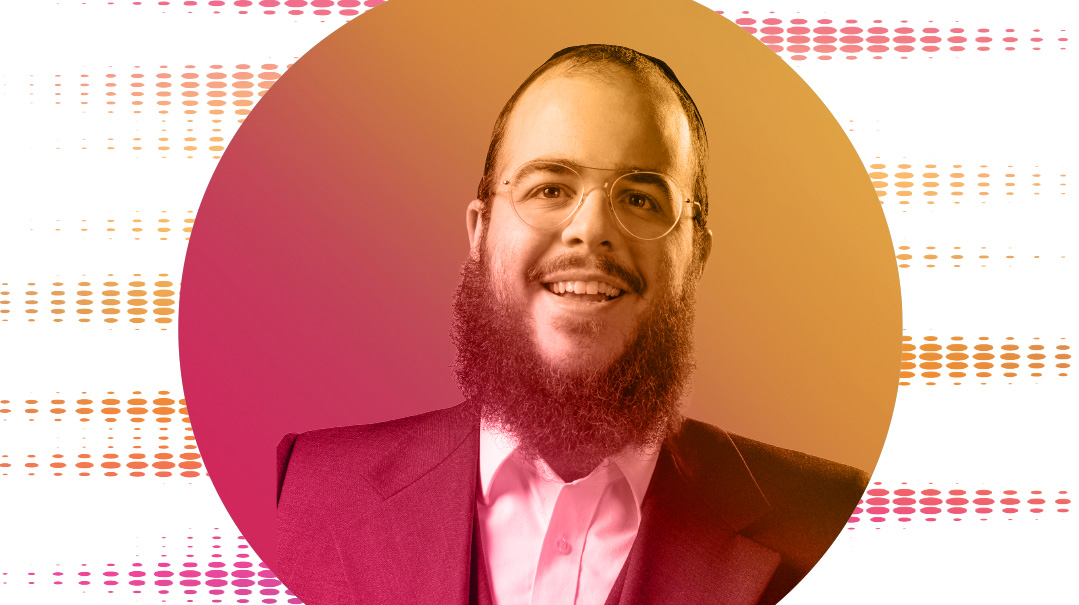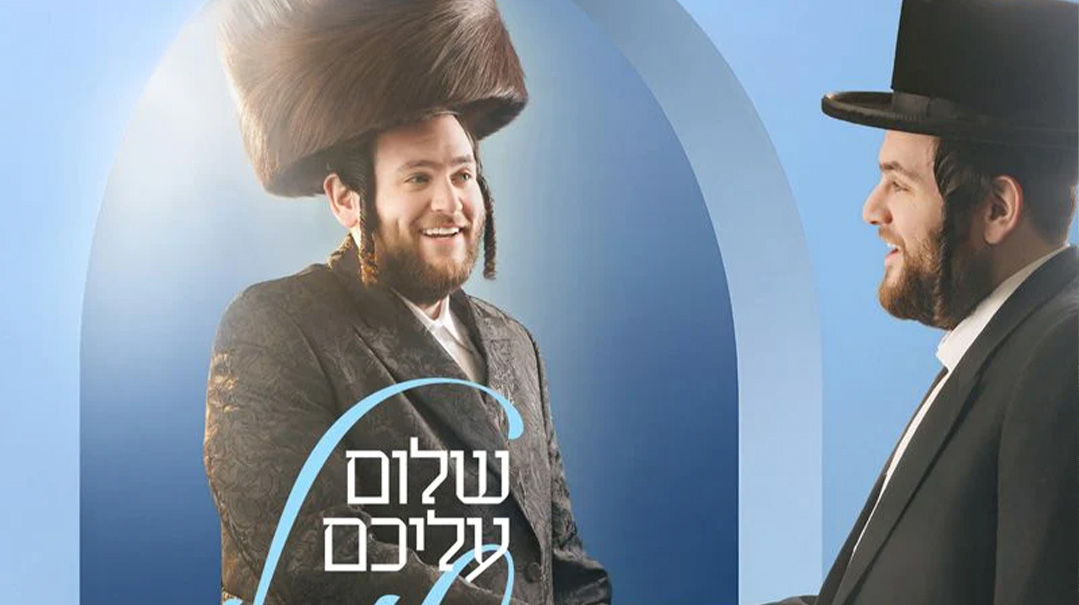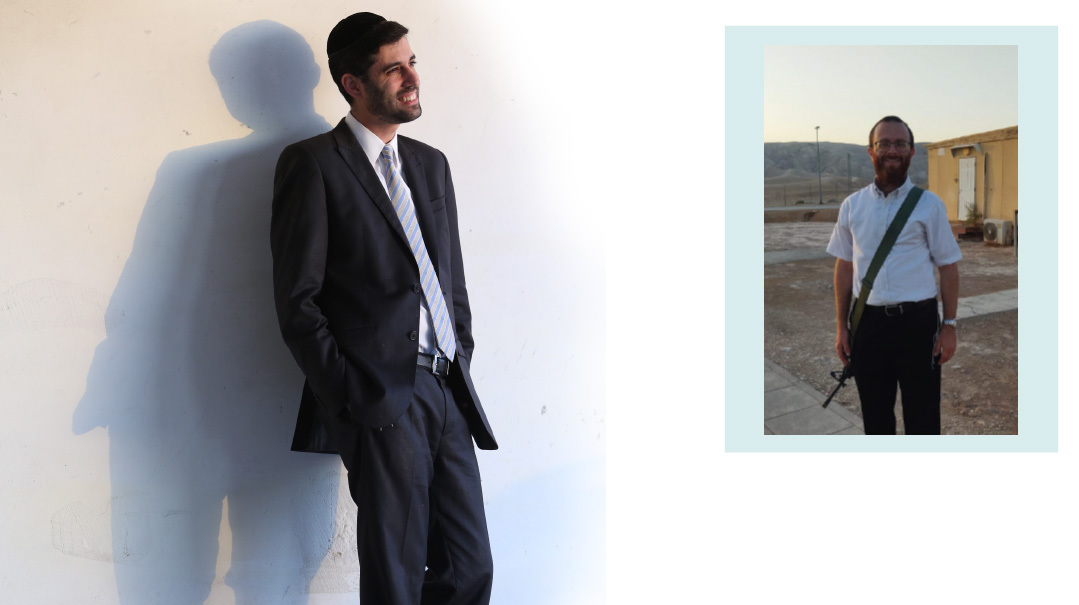Find Our Merits
| September 19, 2023His compositions — youthful and earnest, sincere but not overly-intense — were perfectly suited to the young voices of a boys’ choir

The petirah just a week before Rosh Hashanah of the baal tefillah and composer MR. JEFFREY (YISROEL) CRAIMER shines a timely spotlight on his contribution to the world of music, and especially to the nusach and tunes of the Yamim Noraim.
Each year, so many continue to be inspired by his classic “B’ein Meilitz Yosher,” and baalei tefillah raise their voices in the ardently pleading lines of his “Ezkerah Elokim” in Ne’ilah. Both niggunim were associated with the London School of Jewish Song, on whose first two albums Mr. Craimer partnered with London Pirchei creator, Yigal Calek.
As a child, Mr. Craimer absorbed the nusach of a much-admired neighbor, Reb Hershel Goldstein, who led the tefillos in the Manchester yeshivah. Reb Hershel’s nusach was based on the nusach of Yeshivas Chevron, where he had learned, but it was uniquely musical. Mr. Craimer remembered when Rav Sholom Schwadron, the maggid of Jerusalem, travelled to England and visited Reb Hershel Goldstein, his old chavrusa; they sang together, and Reb Hershel gave Rav Schwadron his niggunim for “Veyesoyu chol le’avdecha” and the famous tune for “Ki hinei kachomer beyad hayotzer,” which spread throughout the yeshivah world (and was adopted by Abie Rotenberg for his sefer Torah song, “The Place Where I Belong.”) Jeffrey owned several private tapes of Reb Hershel’s nusach, which Reb Hershel recorded especially for him.
Living in London after his marriage, Jeffrey — who played piano — got a call from Yigal Calek, asking if he could assist with Sunday rehearsals of his new project, a boys’ choir. “He needed someone to help work out the phrasing of the songs and in general, to provide another musical ear,” Mr. Craimer told Mishpacha in an interview several years ago. The two of them formed a partnership, working together on the first two London Pirchei albums, until the Craimers moved to Eretz Yisrael in 1972.
Although he wrote the lyrics for “Children of Silence,” composed “Hamavdil,” “Bamarom,” “Be’ein Meilitz Yosher,” and “Ezkera Elokim” (recorded on a little-known mini album that never took off) among others, Mr. Craimer liked to remain in the background, saying, “I just played piano at the choir rehearsals for accompaniment and to fix the scale, and I also worked a bit on the harmonies.”
His compositions — youthful and earnest, sincere but not overly-intense — were perfectly suited to the young voices of a boys’ choir. Mr. Craimer’s “Ezkerah,” which is a passionate and somewhat melancholy tune, was set to the words of the Ne’ilah piyut by Yigal Calek, and sung on the mini album by London chazzan Reb Pesach Segal.
While Mr. Craimer would say that he had only basic piano training, he came from a deeply musical family, including a grandfather who passed on to him some niggunim of prewar Lithuania. He served as a baal tefillah for two decades in Yerushalayim, and then in Beitar Illit where he lived for nearly three decades. He was an expert on nusach, and believed in passing on the mesorah. He believed that an aspiring chazzan should first absorb the nusach of a veteran baal tefillah until he knows it thoroughly, and then personalize it according to his own feelings, rather than ‘noshing’ an eclectic mix from here and there.
His sons have followed in his footsteps and continue to lead the davening in shuls in Eretz Yisrael and England. Because for all of Mr. Craimer’s talents within the world of niggun, his compositions have been included in the most exalted form of music — an outpouring of prayer.
Yehi zichro baruch.
(Originally featured in Mishpacha, Issue 979)
Oops! We could not locate your form.







